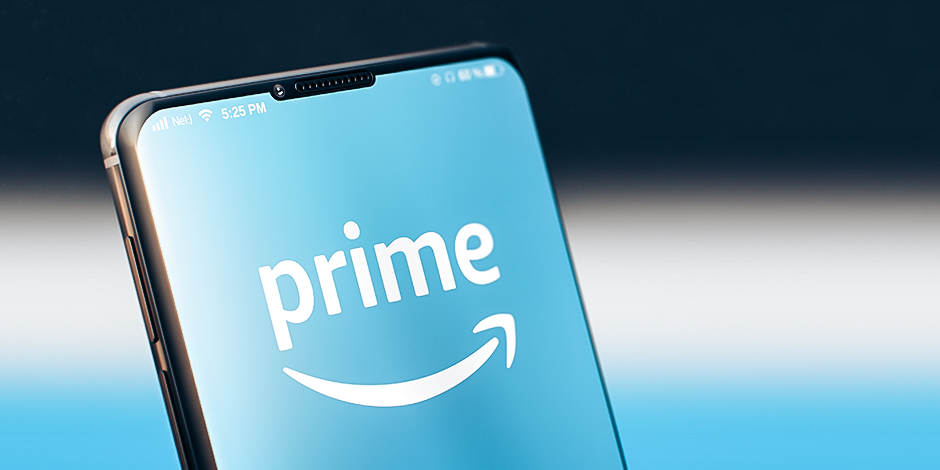It's that time of the year again when retailers gear up for a battle against Amazon's Prime Day. As shoppers tighten their belts and cut back on discretionary spending, big-box retailers are leaving no stone unturned to capture sales during this crucial period.

Amazon recently announced that Prime Day would take place on July 11 and July 12, almost the same dates as last year. In response, several major retailers have jumped into action. Target, for instance, revealed its plan to host a promotion exclusively for Target Circle members from July 9 to 15, aiming to drive greater adoption of its free loyalty program. Similarly, Walmart is offering deals to its Walmart Plus members from July 10 to 13. Nordstrom has strategically timed its anniversary sale to coincide with the tail end of Prime Day, starting on July 13 for Nordy Club card members and July 17 for non-loyalty program members.

Retail giants like Target and Best Buy have organized special sales events to compete with Prime Day for the past few years. However, this year brings a few notable differences. Last year, many big-box retailers struggled with excess inventory and opted for extended summer promotions rather than directly challenging Prime Day. In contrast, Target and Walmart are now utilizing Prime Day-like sales to attract more customers to their respective loyalty programs.

Industry experts highlight the significance of this period for retailers. With consumers cutting back on discretionary spending, retailers are competing for a smaller share of the pie. Sales and promotions become crucial to grab consumers' attention and meet projected sales targets. Leveraging retail pricing software is one way retailers are keeping a pulse on their customer and staying agile during consumer behavior shifts. Monitoring market trends, competitor pricing, and determining promotional strategies are a few examples of how retailers are anticipating disruption before it hits.
While Prime Day remains a significant factor driving retailers to hold sales, other factors like Fourth of July deals also contribute to the summer sales period's lengthening. As more people travel this summer, shoppers may delay their shopping spree until the week of Prime Day when they have more time to transact.
Experts hold different views on whether the concerted efforts of rival retailers will impact Prime Day's exposure. Some believe that competitors' focused campaigns could potentially take away market share from Amazon this year. On the other hand, the dominance of Amazon in this space remains strong.
As consumers eagerly await the start of Prime Day and rival retailers gear up for fierce sales battles, one thing is sure—the competition is heating up, and customers are in for some fantastic deals. Whether shoppers are an Amazon Prime member or loyal to other retailers, this showdown offers a prime opportunity for consumers to snag incredible discounts and make the most of their summer shopping spree. Get ready for an action-packed week of savings, and let the sales extravaganza begin!
















